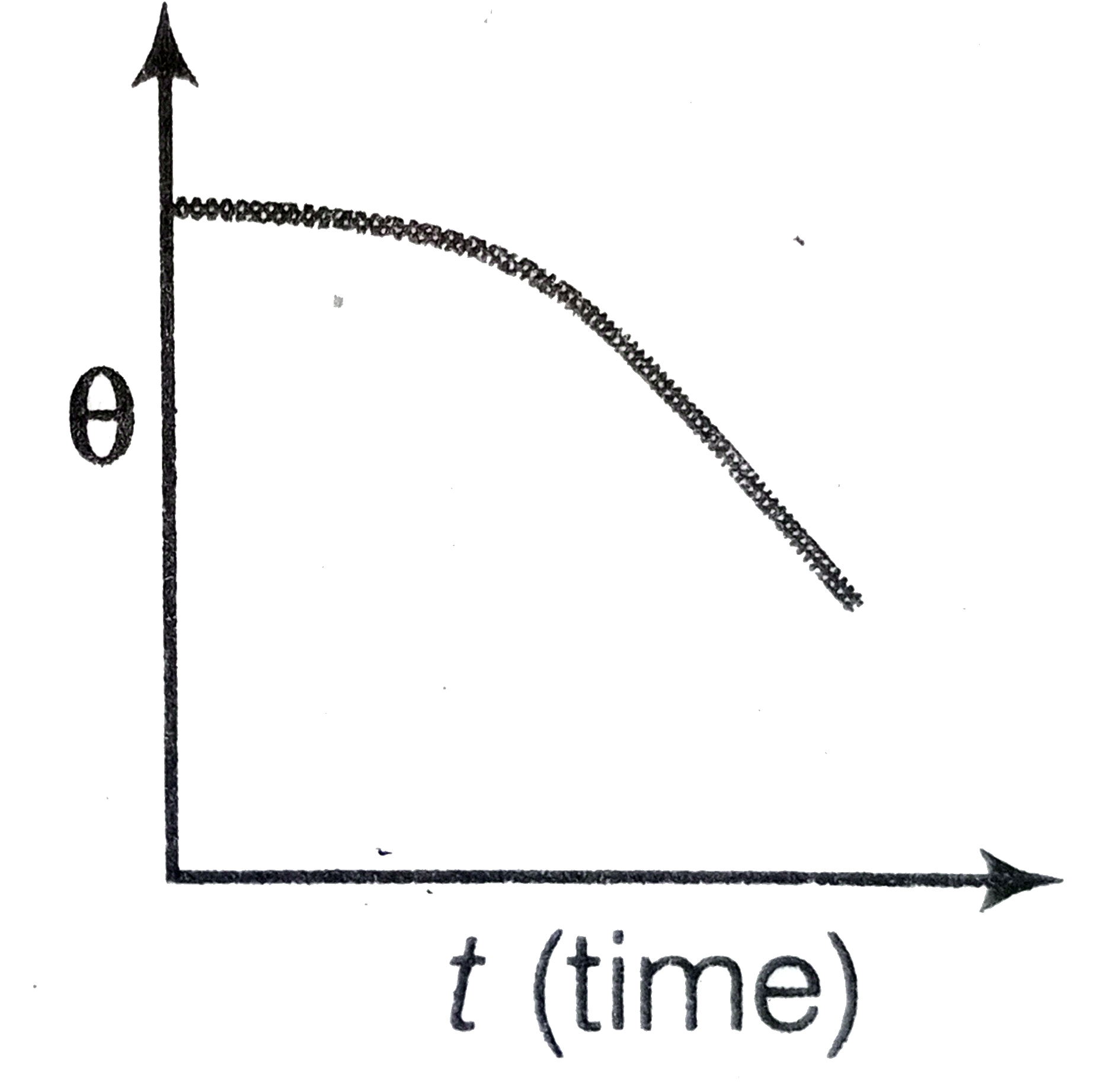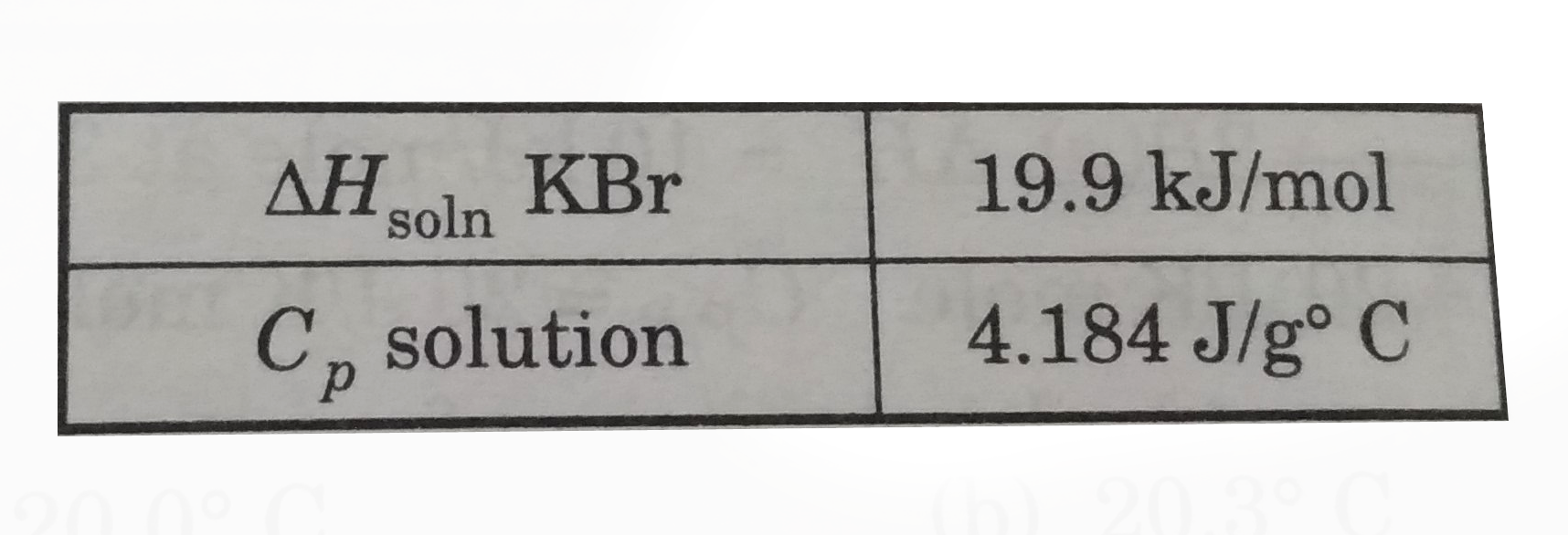The temperature of coffee in a cup with time is most likely given by then curve in the figure.




The correct Answer is:C
Fall of temperature with time follows an exponential curve as shown in option (c) figure. This is as per Newton 's law of cooling .
Topper's Solved these Questions
- KINETIC THEORY OF GASES ANDRADIATIONBOOK - MHTCET PREVIOUS YEAR PAPERS AND PRACTICE PAPERSCHAPTER - KINETIC THEORY OF GASES ANDRADIATIONEXERCISE - Exercise 2
50 Videos
- KINETIC THEORY OF GASES ANDRADIATIONBOOK - MHTCET PREVIOUS YEAR PAPERS AND PRACTICE PAPERSCHAPTER - KINETIC THEORY OF GASES ANDRADIATIONEXERCISE - MHT CET Corner
40 Videos
- KINETIC THEORY OF GASES ANDRADIATIONBOOK - MHTCET PREVIOUS YEAR PAPERS AND PRACTICE PAPERSCHAPTER - KINETIC THEORY OF GASES ANDRADIATIONEXERCISE - MHT CET Corner
40 Videos
- INTERFERENCE AND DIFFRACTION OF LIGHT BOOK - MHTCET PREVIOUS YEAR PAPERS AND PRACTICE PAPERSCHAPTER - INTERFERENCE AND DIFFRACTION OF LIGHT EXERCISE - MHT CET Corner
24 Videos
- MAGNETIC EFFECT OF ELECTRIC CURRENTBOOK - MHTCET PREVIOUS YEAR PAPERS AND PRACTICE PAPERSCHAPTER - MAGNETIC EFFECT OF ELECTRIC CURRENTEXERCISE - MHT CET CORNER
20 Videos
Similar Questions
A woman working in the field drinks her morning coffee out of an aluminium cup. The cup has a mass of 0.120 kg and is initially at 20.0∘C when she pours in 0.300 kg of coffee initially at 70.0∘C. What is te final temperature after the coffee and the cup attain thermal equilibrium? (Assume that coffee has the same specific heat as water and that there is no heat exchange with the surroundings).
View SolutionA woman working in the field drinks her morning coffee out of an aluminium cup. The cup has a mass of 0.120 kg and is initially at 20.0∘C when she pours in 0.300 kg of coffee initially at 70.0∘C. What is te final temperature after the coffee and the cup attain thermal equilibrium? (Assume that coffee has the same specific heat as water and that there is no heat exchange with the surroundings).
View Solution
Knowledge Check
A 9.40 g sample of KBr is dissolved in 105 g of H2O at 23.6∘ C in a coffee cup. Find the final temperature of this system. Assume that no heat is transferred to the cup or the surroundings.

 A20.0∘ CB20.3∘ CC26.9∘ CD27.2∘ C
A20.0∘ CB20.3∘ CC26.9∘ CD27.2∘ CNewton's law of cooling states that the rate of change of the temperature T of an object is proportional to the difference between T and the (constant) temperature τ of the surrounding medium, we can write it as dTdt=−k(T−τ)k>0 constant
An cup of coffee is served at 185∘F in a room where the temperature is 65∘F. 2 minutes later the temperature of the coffee has dropped to 155∘F.
loge3=1.09872,loge.34=0.2877
Temperature of coffee at time t is given byA65+120e−ktB75+110e−ktC65+140e−2ktD75+10e−ktSelect the correct passive form of the given sentence.
Please make a cup of coffee for me.ALet a cup of coffee be made for me.BCan you please make a cup of coffee for me?CI request you to make a cup of coffee for meDA cup of coffee can be made for me by you
Newton's law of cooling states that the rate of change of the temperature T of an object is proportional to the difference between T and the (constant) temperature τ of the surrounding medium, we can write it as dTdt=−k(T−τ)k>0 constant
An cup of coffee is served at 185∘F in a room where the temperature is 65∘F. 2 minutes later the temperature of the coffee has dropped to 155∘F.
loge3=1.09872,loge.34=0.2877
Temperature of coffee at time t is given by
View Solution
In an experiment, a heated cup of coffee is removed from a heat source, and the cup of coffee is then left in a room that is kept at a constant temperature. The graph above shows the temperature, in degrees Fahrenheit (.∘F), of the coffee immediately after being removed from the heat source and at 10-minute intervals thereafter.
Of the following, which best approximates the temperature, in degrees Fahrenheit, of the coffee when it is first removed from the heat source?
View SolutionMother filled dark filtered coffee in the cup.
View SolutionThe students like to spend the most of the time with
View Solution…….. You like to have tea or coffee ?
View Solution
